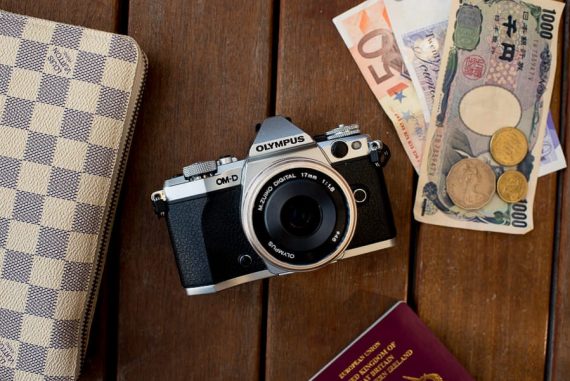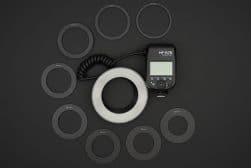
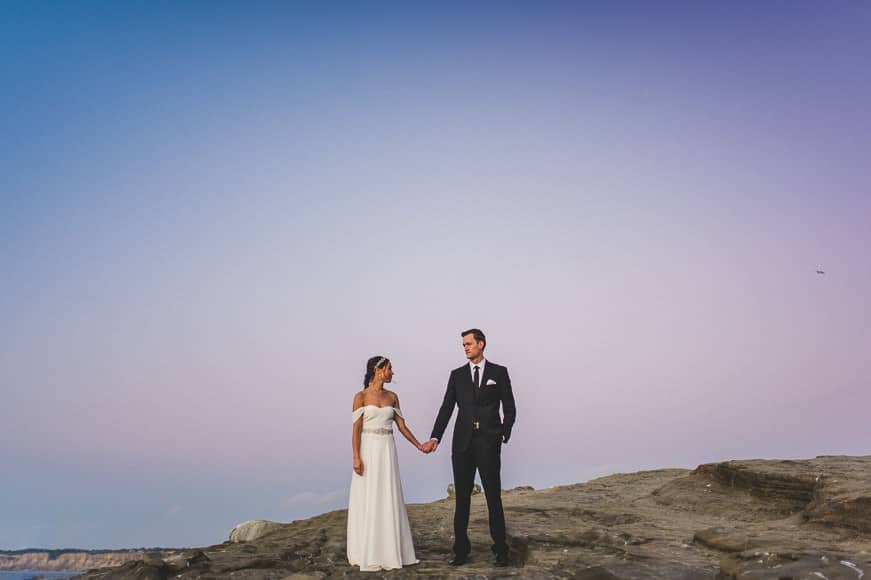
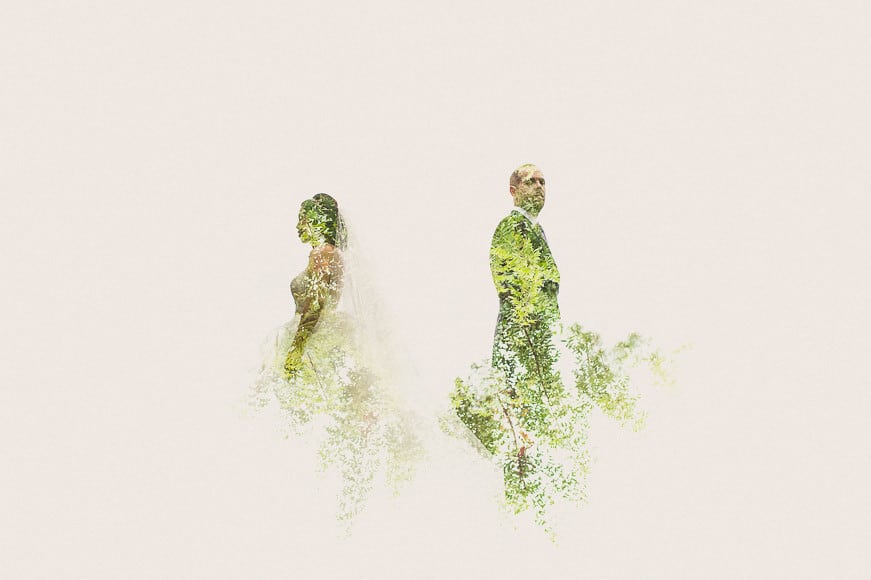
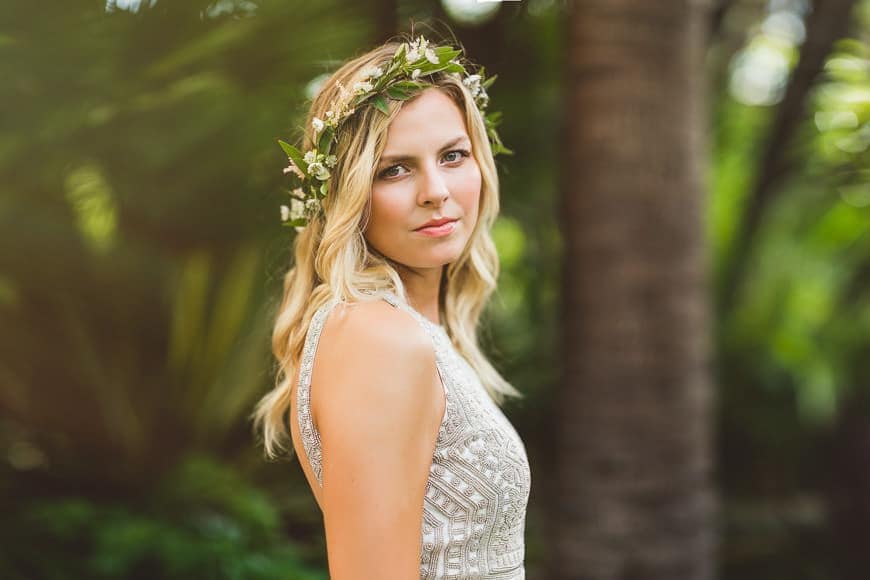


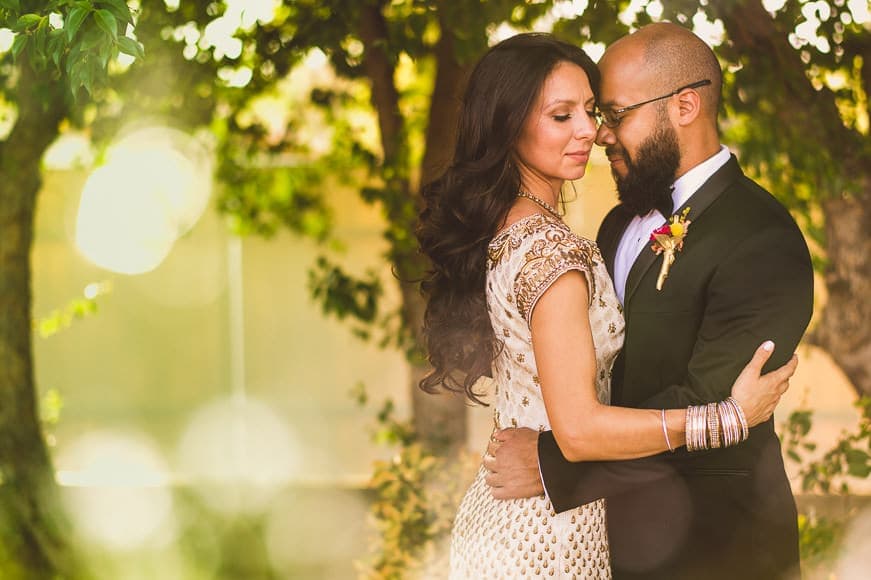

Sage Justice
Wedding | Last Updated: April 4, 2024
Hello, hello! My name is Sage Justice and I’m a wedding photographer based out of San Diego, California. I lived in Detroit, Michigan for 10 years, which is where my love for photography first began. I started out shooting for a local nightlife company with a Nikon D5000 and a broken flash – the rest is history!
I still take one or two college classes a semester in the hopes of someday graduating, but I stay busy year round with weddings, corporate work, and events. I like to describe my photography as artistic, moody, and colorful. :)
For the last 7 years, I’ve been back and forth and back again between Canon and Nikon, with my most latest being a switch from the Canon 5D Mark III to the Nikon D4s
. I chose to jump ship simply because Nikon’s files are amazing shot at high-iso and have fantastic dynamic range – two things that are very important to my photographic style. The Nikon D4s
’s autofocus, color rendition, high-iso, and FPS are what make it a brilliant wedding camera.
For 90% of the day at weddings I use a Nikon D4s and a Nikon D750
with a Nikon 58mm f/1.4G
and Nikon 35mm f/1.4G
, respectively. It’s an odd combination, but I absolutely love the 58mm for portraits and the 35mm for photojournalism and a “wider” perspective. I also use a Nikon 24mm f/1.4G
in place of the 35mm when I need a wider shot and a Nikon 85mm f/1.4G
during the ceremony (and when I need that amazing 85mm compression for the Brenizer Method).
I tend to keep the wider lenses on the Nikon D750 due to it having slightly better dynamic range than the Nikon D4s
. The Nikon 45mm f/2.8
is also used quite a bit for artistic portraits.
At night, I use the Nikon SB-910, Nikon SB-600
, and Nikon SB-700 for off-camera lighting (depending on the location), which are triggered by Yongnuo YN622N
trigger/receivers. I just got into this off-camera system though, so 99.8% of my work thus far has been with a bounced Nikon SB-910
.
Although I very rarely use the Manfrotto XPRO4, it’s great to have around for light painting or room details. Also pictured is a glass prism (thanks Sam Hurd!) which I love to use for getting-ready photos and select portraits throughout the day, Vidpro Varicolor 312 LED
which is fantastic for details and a night portrait or two, and a Fuji Instax Mini 90
, which is great for giving your clients something tangible before leaving.
I also have a few other lenses not pictured, including the Nikon 24-70mm f/2.8G & Nikon 14-24mm f/2.8G
, which I use during the reception, Nikon 24mm f/1.4G
, which is great for portraits, the Nikon 60mm f/2.8G Macro
, which is used for rings, and the Nikon AF-S 70-200mm f/2.8G VR II
, which I keep in my bag as a backup in case my 85mm isn’t long enough.
I use the Think Tank Retrospective 30 to easily & comfortably carry a handful of lenses around and the Lowepro X200
roller to transport the majority of my gear – I love having a bag with rollers, which really helps to save my back.
I love the Nikon D4s for weddings, but for whatever reason, the autofocus, low-light focusing, and dynamic range aren’t on par with the Nikon D750
, which is why I’ll be upgrading to the Nikon D5
when it’s released in March! :)
The Olympus OMD EM5 Mark II is the camera I use for all of my personal work and street photography – the flip out screen, tap to shoot, quick AF, small size, and awesome stabilization make this camera an amazing travel camera for the money. It has a 2x crop factor, so the Olympus 17mm f/1.8
& Panasonic Leica 25mm f/1.4
are ~35mm and 50mm, respectively.
UPDATE
Since the original post, I’ve switched my Nikon D4s to the Nikon D5
, which was definitely a worthwhile investment. The Nikon D5
’s low-light focusing, insanely quick AF system, color tones, and high-ISO make this my go to camera for weddings.
I’ve also switched flash systems – I ditched the poorly made and sometimes unresponsive Yongnuo transceivers for the Godox/Flashpoint system. I use three Flashpoint Zoom Li-On TTL flashes (Godox V860II
) and a Godox X1R
if I want to use my Nikon SB-910
as a fourth off-camera light. The Godox X1T
triggers everything and is a near-perfect trigger – it allows you to change each group with a dial, mount a flash on top to use on-camera flash simultaneously with off-camera flash, and it even allows you to zoom your off-camera flashes wirelessly.
The best part about the Flashpoint/Godox system is the lithium-ion battery (1.5 second recycle time on full power flashes) that provides 650 full power flashes on a single charge, the built in transceiver (similar to the Canon 600ex-rt series), and the cheap price tag.
I added a Nikon 50mm f/1.8D to my kit because of the awesome flare – something the 58mm doesn’t have, unfortunately.
I also started using the Holdfast Moneymaker, which alleviates back pain, allows me to shoot with two camera bodies effortlessly, and looks pretty dang good too! :-)
Main Gear
Nikon D5
Nikon D750
Nikon 14-24mm f/2.8G
Nikon 24mm f/1.4G
Nikon 35mm f/1.4G
Nikon 45mm f/2.8D PC-E
Nikon 50mm f/1.8D
Nikon AF-S 58mm f/1.4G
Nikon 60mm f/2.8 Macro
Nikon AF-S 85mm f/1.4G
Things:
Nikon SB-910
3x Flashpoint Zoom Li-on TTL
Vidpro Varicolor 312-Bulb LED Light
Manfrotto 190XPRO4 Tripod + Manfrotto 322RC Ball Head
Holdfast Moneymaker strap
Godox X1T Transmitter
Godox X1R Reciever
Lowepro X200 Roller
Think Tank Retrospective 30
Lowepro 300 AW Backpack
Olympus OMD EM5 Mark II
Olympus 17mm f/1.8
Panasonic Leica 25mm f/1.4

Check out these 8 essential tools to help you succeed as a professional photographer.
Includes limited-time discounts.







